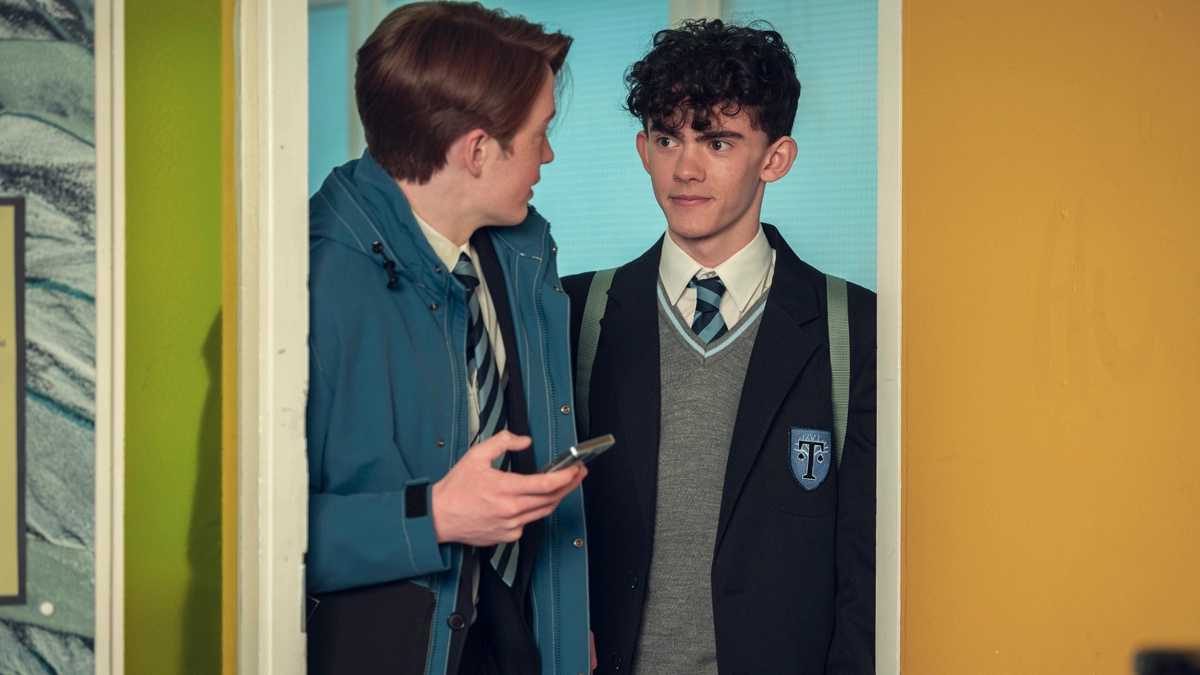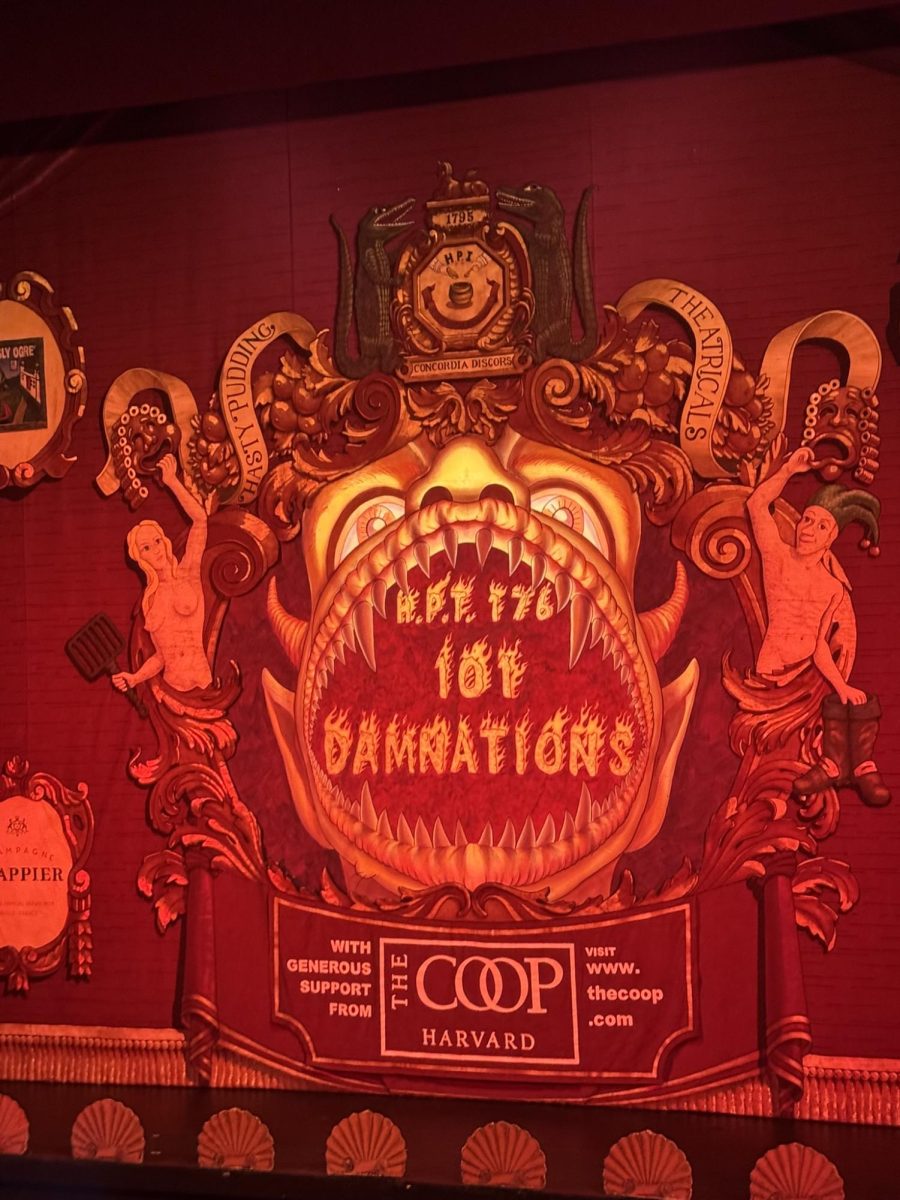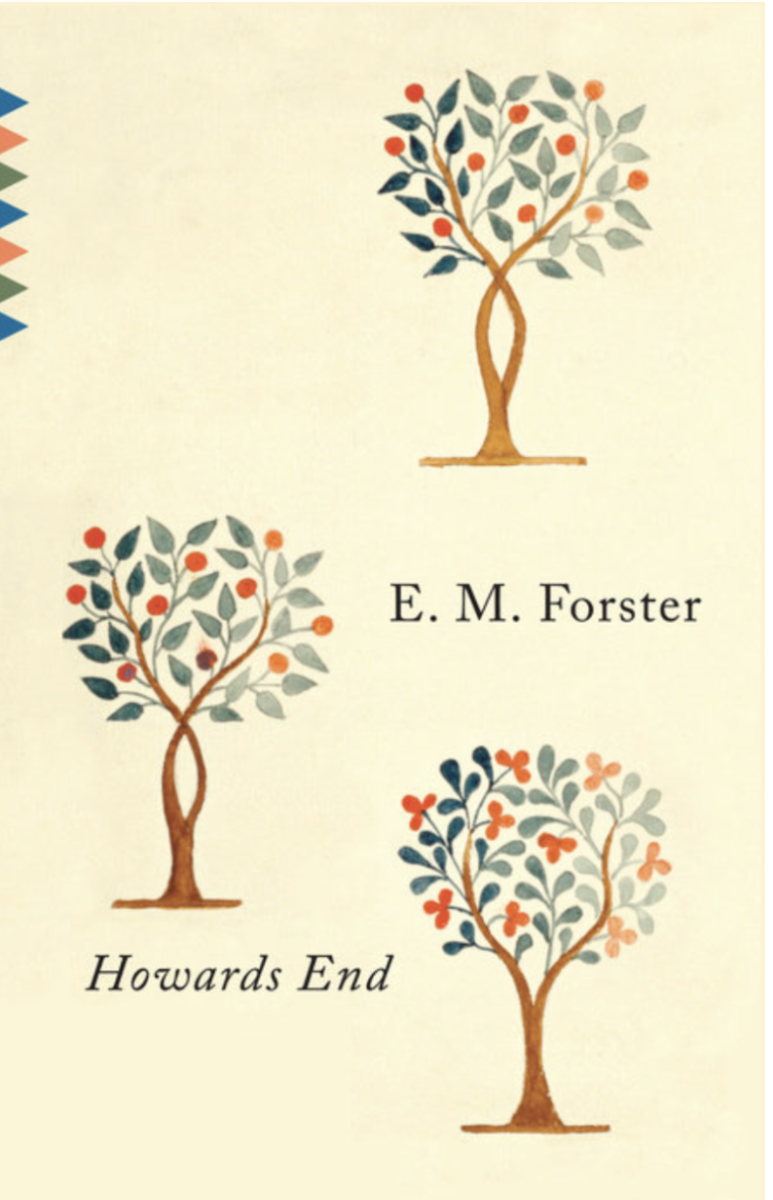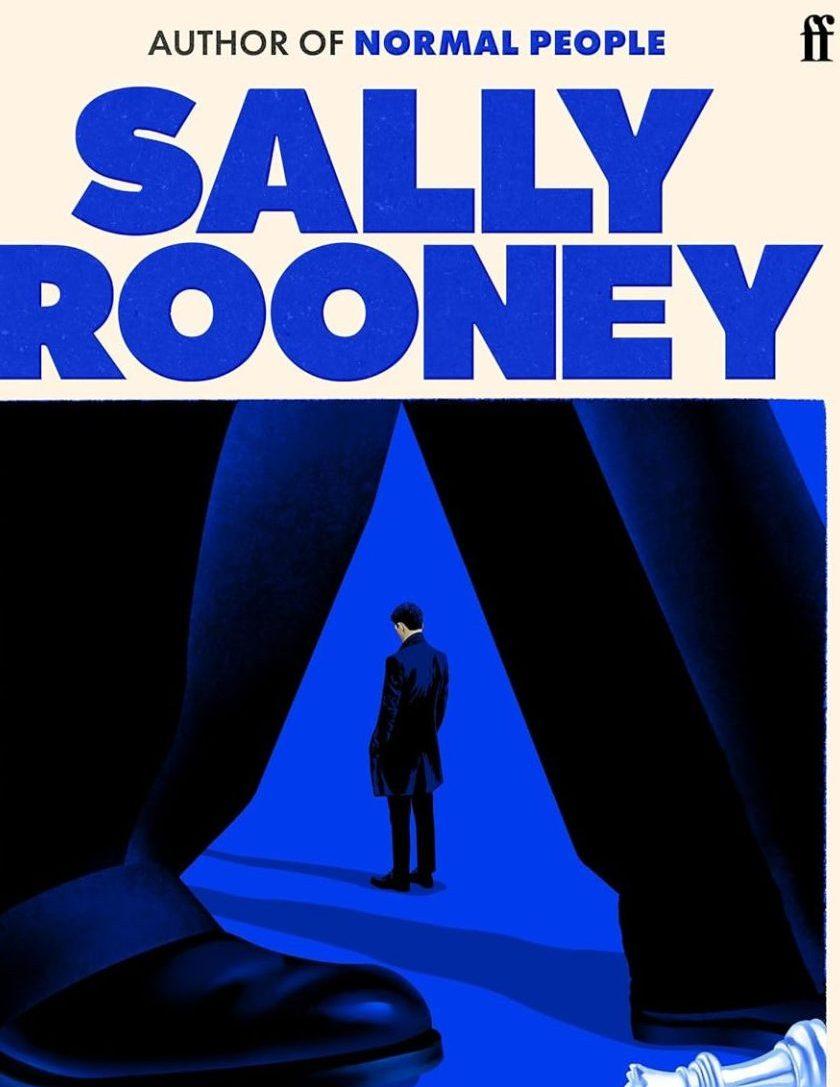Let me set a scene for you.
It’s 2018. I am 16 years old, at the start of my junior year of high school. I still use Tumblr as my main social media platform. A black-and-white webcomic keeps on crossing my dashboard once every 10 days. All I can tell is that it’s gay and British.
For a while, I’ve got a smug superiority complex and think the black-and-white means it’s not worth my time. I know it’s called “Heartstopper,” and I know it’s queer, and I just scroll past it.
But my favorite webcomic — the only one I currently read — is on hiatus. And this one is right here, and the people I follow seem to like it.
So I start reading.
I am instantly enamored by the comic’s joyful, effortlessly queer storyline. I set reminders for the comic’s thrice-monthly updates. I read the author’s prose novels and am equally enamored.
The years pass. I keep on reading. I urge my friends to read it too. And somewhere along the line, this quiet story full of loud, unabashed love grows and grows and grows until it’s no longer some underground Tumblr comic that I didn’t think anyone else knew about.
The comic, of course, was “Heartstopper,” and neither I nor the comic’s creator, Alice Oseman, knew at the time what it would become. Oseman would soon secure a publishing deal for “Heartstopper” to be released as graphic novels. Eventually, it would get optioned for TV.
And that is what I am actually here to talk about, because this is supposed to be a review, not a personal essay. “Heartstopper,” the TV series, has made its way to Netflix, and I watched the whole thing on the day it came out.
The show, like the comic, follows Charlie Spring and Nick Nelson, two students at a British all-boys school who meet, become friends and unwittingly change each other’s lives. (They fall in love.) Charlie, openly gay and the target of school bullies, and Nick, a star rugby player, as well as their lively group of friends, encounter the trials and tribulations of being teens, and they learn some very, very valuable life lessons.
It’s impossible to describe just how wonderful of an adaptation this show is. I’ve watched plenty of book-to-screen adaptations, and I can say with absolute certainty that “Heartstopper” is by far the most faithful to its source material. Many scenes are word-for-word identical to their graphic novel counterparts, and I know this not only because I checked the webcomic while watching but because I have memorized much of it word-for-word.
The show is incredibly well-cast, especially the two main characters. Joe Locke is the perfect Charlie, with all the quirks and awkwardness that Charlie needs. Kit Connor plays a delightful Nick — kind, charming and the embodiment of a golden retriever, he’s impossible not to love.
Nick and Charlie are adorable, and watching their relationship blossom on screen brought me a beautiful sort of reverence and wonder. Not only do the characters individually serve as great role models for kids, their relationship is one to model as well — their communication and pure adoration for each other leaps off the screen.
The supporting cast allows the show to shine even further. William Gao (Tao), Yasmin Finney (Elle), Corinna Brown (Tara) and Kizzy Edgell (Darcy) add just the right amount of humor and heart to the story. Their own storylines, which we delve into much deeper than you do in the comics, add even more nuance to the show’s depiction of the queer teen experience. I particularly resonated with how Tao felt as his friendship group changed against his will; something similar happened to me at the same age, and it truly felt like the end of the world at the time.
The show is a wonderful testament to what adaptations could be if you gave more creative control to the source material’s author. Oseman penned the scripts for the series, and it shows. Even when the plot diverges from that of the comic, it feels natural, sometimes more in-character than what happened originally.
I knew exactly what would happen in many scenes — I could recite the lines to you before they were said — and I was more invested than I am when I usually watch an adaptation. Because it’s not about the suspense of not knowing what happens next; it’s about the experience of seeing it in a different medium, watching the heart of the story expand.
(Spoiler alert: if I remember correctly, I started reading the comic right around the chapter where Nick shouts “I LIKE CHARLIE SPRING” to the ocean. Watching that scene in the show was a big full-circle moment.)
I can’t quite explain how it felt to finally be able to watch this on screen. I have spent years following “Heartstopper” bit by bit, becoming deeply invested in Nick and Charlie and all of their friends, reading Alice Oseman’s entire catalog of novels.
I did the math: I have spent a fifth of my life rooting for Nick and Charlie. Getting to do it all over again? To see it all right in front of me, to hear it, to watch the intricate details of this story be played out on screen, to see what might be millions of others consuming this story too?
It’s magical. Heart-stopping, even.
…
I really don’t want to end on that cheesy pun. What I really mean to say is that Alice Oseman is finally getting the level of recognition that they deserve, and I’m endlessly grateful to everyone who made this possible, and I’ve already cried about this multiple times. (Seriously. My roommate came back to our room one night to witness me right after I had fully sobbed in my bed for, like, 10 minutes.)
It’s not even just about “Heartstopper” itself. I’ve been spending a lot of time thinking about how much my life has changed since I first started reading. I’ve grown along with Nick and Charlie and all their friends, and god, I wish my younger self could have seen what was going to come.
Reading “Heartstopper” caused a butterfly effect that led me to writing a book and getting a book deal. It is through Alice’s old blog posts that I learned what querying is and how you do it and what the process is to get a book deal. It is through reading “Loveless” that I realized I, too, could write an aroace main character and have it mean something to people. It is through reading all of Alice’s candid storytelling that I learned what the right stories can mean to the right people.
I cannot express how thankful I am that I got over my distaste for black-and-white.
“Heartstopper” is currently streaming on Netflix.








